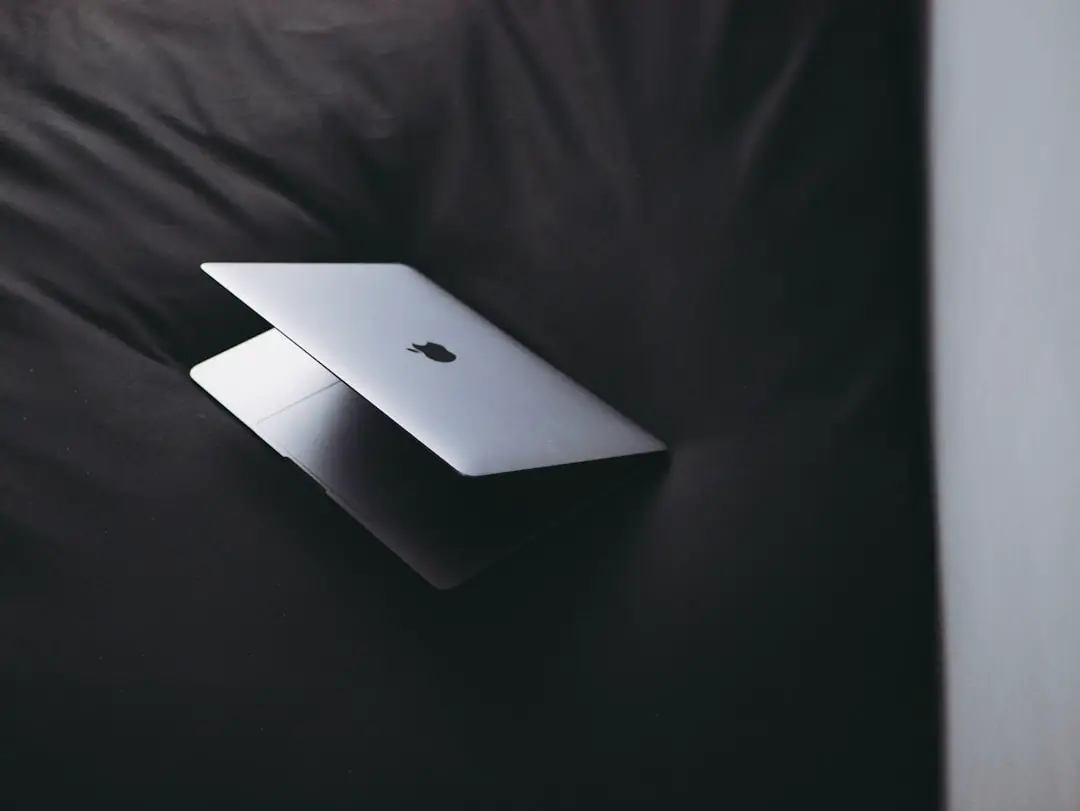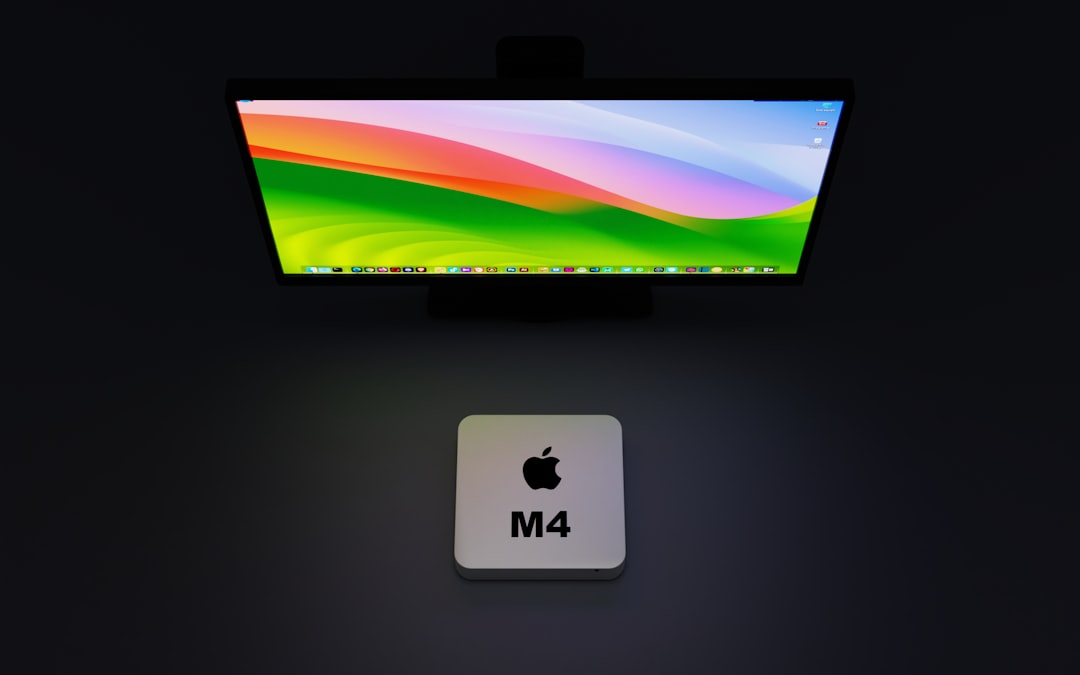Artificial Intelligence has revolutionized the way we interact with technology, from smart assistants to intelligent data analysis. One of the most exciting innovations in recent years is the rise of AI-powered image generators. For MacBook users in particular, this development is not just a novelty—it’s a powerful tool that brings creativity and efficiency to the forefront. The MacBook AI Image Generator is redefining what artists, designers, and professionals can achieve within minutes.
What Is a MacBook AI Image Generator?
Simply put, an AI image generator uses machine learning algorithms—often based on Generative Adversarial Networks (GANs) or diffusion models—to create realistic or stylized images from text prompts, sketches, or other seeds. These tools are now optimized to run seamlessly on MacBooks, especially those equipped with Apple silicon (M1, M2, and later chips), which offer remarkable performance and efficiency for compute-heavy AI models.
With the native optimization of AI tools on macOS, a new era of on-device image generation has emerged. This means faster, more secure, and completely offline workflows—ideal for creatives and professionals who value speed and privacy.
Why MacBook Is Ideal for AI Image Generation
MacBooks, particularly Apple Silicon models, offer impressive hardware that makes them particularly well-suited for AI-driven tasks:
- Unified Memory Architecture (UMA): Enhances speed by giving the CPU and GPU shared access to memory, which is essential for AI computations.
- Neural Engine: Apple’s dedicated chip for machine learning operations enables seamless performance for AI-driven tasks like image generation.
- Battery Efficiency: MacBooks are known for their long battery life, allowing users to run intense AI processes without constantly plugging in.
- macOS Ecosystem: Compatibility with professional-grade creative tools like Adobe Creative Suite, Pixelmator, Sketch, and more makes the Mac an all-in-one creative hub.
Use Cases and Applications
AI image generation is more than a toy for hobbyists—it’s a game-changing tool across many industries. Here are just a few scenarios where a MacBook AI image generator can be a transformative asset:
- Graphic Design: Generate high-quality assets in seconds without the need to manually draw or compose elements.
- Marketing and Branding: Quickly create mockups, banner ads, and promotional images tailored to specific campaigns.
- Art and Illustration: Professionals and enthusiasts can produce entire artworks or use AI tools for inspiration and concept development.
- Product Design: Visualize prototypes and conceptual designs without spending hours or days in 3D modeling software.
- Education and Research: Academicians and students can create illustrative content to enhance presentations and reports.
Whether you are an artist, entrepreneur, teacher, or tech enthusiast, the possibilities are nearly limitless.

How to Use a MacBook AI Image Generator
Using an AI image generator on your MacBook typically involves the following steps:
- Install the Application or Access a Web-Based Tool: Software options include local apps like DiffusionBee, RunwayML desktop app, or web-based platforms like Midjourney and DALL·E, accessible via Safari or Chrome.
- Enter a Prompt or Upload an Image: Most tools work via text prompts (e.g., “A futuristic cityscape at sunset”), but some also allow for initial sketches or images to guide the output.
- Select the Output Parameters: You can often configure resolution, style, number of variations, and more.
- Generate and Download: After processing—usually within seconds—the image is ready to download or edit further.
Some applications also enable batch processing or integration into pipelines for automation, making them suitable for high-volume commercial workloads.
Key Benefits of Using a MacBook AI Image Generator
The advantages of generating images on a MacBook using AI tools are strong, and they fall into several categories:
1. Speed and Efficiency
Image creation that once took hours can now be done in minutes—or even seconds. Powerful hardware acceleration ensures seamless performance even with large prompts and fine details.
2. Creative Freedom
Create fantasy worlds, real-life simulations, abstract art, cartoons, or professional graphics—all without being an experienced designer or artist. Just describe your idea, and the AI takes over.
3. Privacy and Security
Offline generators that run locally (e.g., Stable Diffusion-based apps) ensure that your projects remain private. No cloud uploads, and full control over every detail.
4. Integration with Professional Workflows
MacBook users often rely on tools like Final Cut Pro, Logic Pro, and Affinity Photo. AI-generated images can be immediately imported into these applications, streamlining creative production from concept to final export.

Popular Mac-Compatible AI Image Generators
There are numerous AI tools available for Mac, ranging from beginners to pro-level applications:
- DiffusionBee: A free and open-source Mac app based on Stable Diffusion that works completely offline.
- Runway ML: Offers both local and cloud-based image generation with premium features for advanced editing.
- DALL·E by OpenAI: Accessible through browsers on your MacBook, it generates photorealistic images from plain language descriptions.
- NightCafe Studio: A versatile tool with many styles, allowing creative control for both novices and seasoned artists.
- Leonardo AI and Artbreeder: Great for combining new AI styles and generating dynamic portraits or environments.
Hardware Recommendations for Optimal Performance
While AI tools can run on most modern Macs, users will experience the best performance with the following hardware:
- Apple Silicon (M1 or M2 series): These chips drastically improve speed and memory allocation for AI workloads.
- 16 GB RAM or more: For handling high-resolution images and multitasking with editing software.
- MacBook Pro 14” or 16”: Ideal for professionals due to additional GPU cores and superior thermal handling.
Even so, casual users with lower-spec MacBooks can still enjoy great results, especially when using cloud-based AI services that offload processing to remote servers.
Potential Concerns and Responsible Use
While these tools are powerful, users should be aware of the ethical considerations involved in AI image generation:
- Intellectual Property: Some AI tools are trained on copyrighted works, which can raise concerns about ownership of AI-generated content.
- Bias and Fairness: Algorithms can unintentionally reflect biases present in their training data. This should be considered, especially when generating images involving people or cultures.
- Misinformation: High realism in AI-generated images makes it easier to create fake or misleading content. Use responsibly.
The most reputable tools include disclaimers or watermarks and allow users to opt out of certain types of content generation.
Conclusion
The rise of AI image generators is more than just a trend—it’s an evolution in how we produce visuals and express creativity. For MacBook users, these tools offer powerful capabilities within a familiar and highly capable ecosystem. Whether you’re a seasoned designer, a startup founder, or simply exploring your artistic side, the combination of macOS and AI image generation technology is a potent one.
With the right tools, responsible usage, and a creative mindset, you can create stunning, professional-quality visuals faster than ever before. Embrace the future of visual storytelling—powered by your MacBook and driven by artificial intelligence.

